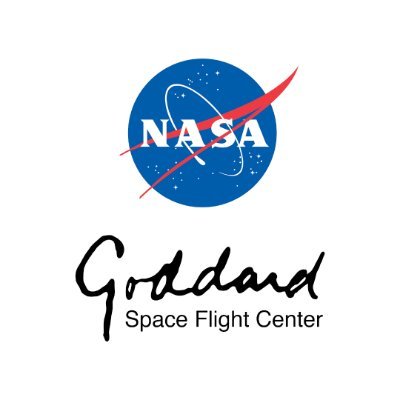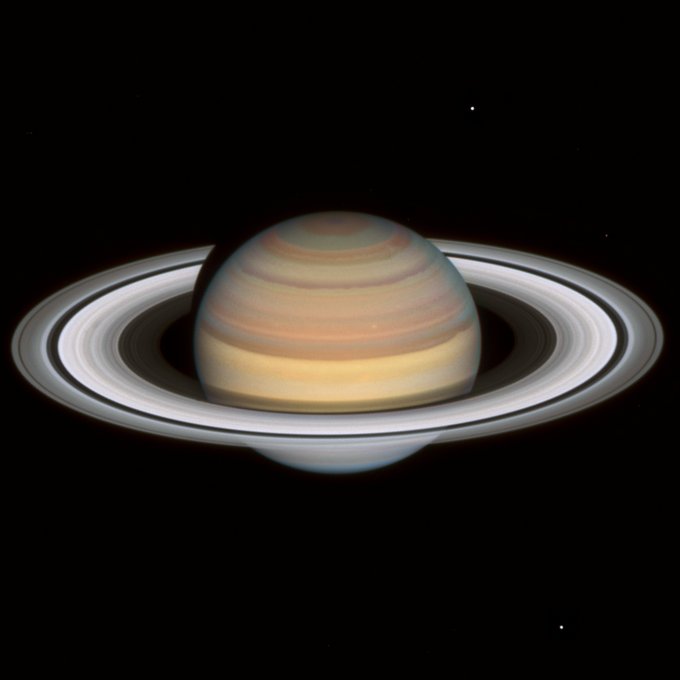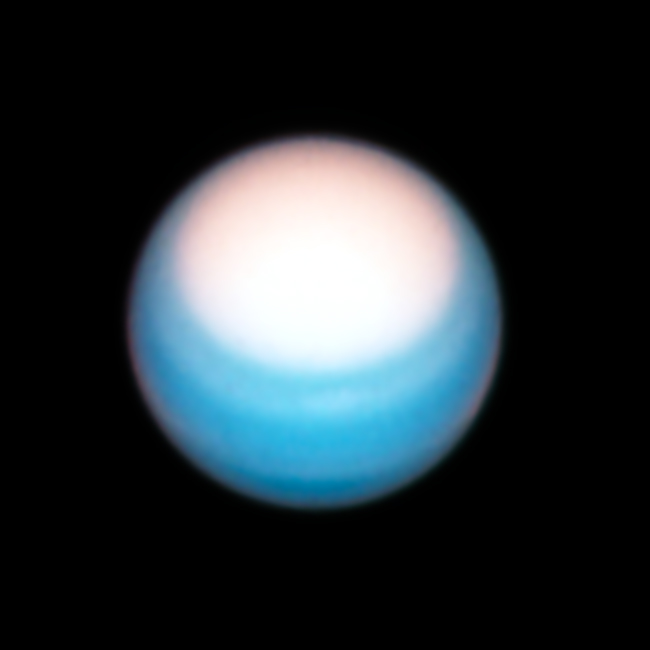What snacks on anything that gets too close, but is never full?
You guessed it — a black hole! ⚫
Happy #BlackHoleFriday!
We're thankful for @NASAHubble & images that help us study black holes, like this one! NGC 5728 is galaxy with a supermassive black hole at its center!
Heat waves are shattering records across the globe, prompting fires and heat warnings in several countries.
Read more: https://t.co/FjPZTiGY18
Who knew microscopic plants could be so pretty😍
This image acquired by #Landsat 8 shows colorful swirls of suspended sediments & phytoplankton along the shores of the Manitoba Great Lakes!
Learn more about the formation of Canada's green-hued wetlands: https://t.co/bsWEmi14UT
Get in, we’re going to the outer solar system!
These images of Jupiter, Saturn, Uranus, and Neptune captured by @NASAHubble allow us to see changes taking place in these distant worlds.
Watch Hubble's grand tour of the outer solar system: https://t.co/ZUMJyh3Z88
The Flame Nebula, or NGC 2024, is a large star-forming region in the constellation Orion. It’s a portion of the Orion Molecular Cloud Complex, which includes such famous nebulae as the Horsehead Nebula and Orion Nebula.
Credit: NASA, ESA, and N. Da Rio (University of Virginia)
It's #NebulaNovember!
But quick question: What even is a nebula?
Nebulae are enormous clouds of gas and dust in space. Some are created by dying stars, while others are “stellar nurseries” – places where stars are born!
https://t.co/HDkLaATCec
Join scientists today at 2 PM ET (18:00 UTC) for a #RedditAMA about #OceanWorlds. A team of NASA scientists will be on hand to answer your questions about these watery worlds.
Subreddit is r/askscience
https://t.co/p66rGiZwKg
We’re putting all of that computing power to good use. Every day we process millions of satellite observations, giving us a more vivid picture of land, air, water and life on Earth. 🛰🌏 https://t.co/3bIgsIoz15
A love of the sky. Exploration beyond the solar system. Financing a mission. Women at Goddard are exploring what happens beyond our planet. #WomensHistoryMonth
Scientists using @NASAHubble found a neutron star with a strange infrared halo that measured 18 billion miles across. This halo could be from a debris disk around the star or from pushing hot gas as it sped through the cosmos.
https://t.co/JUXWDIHOU6




















